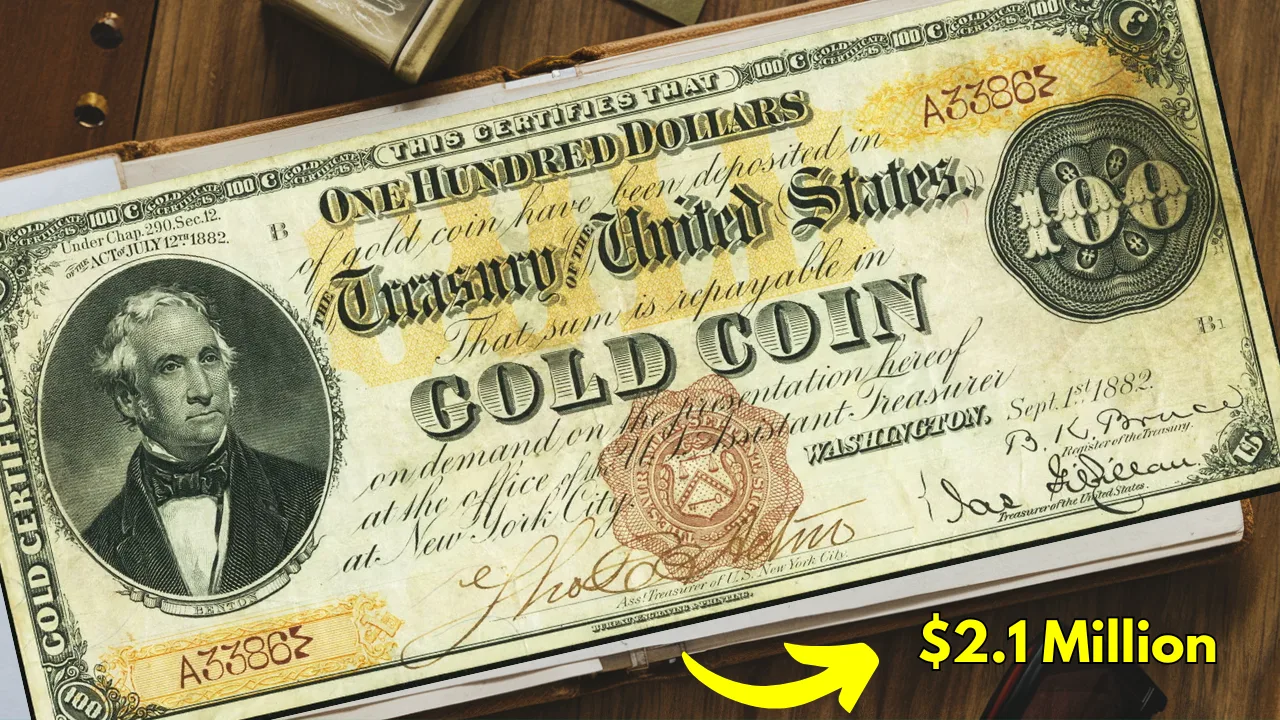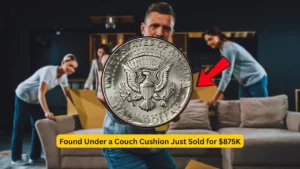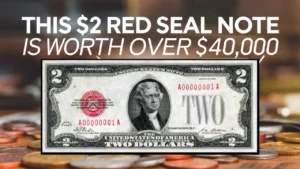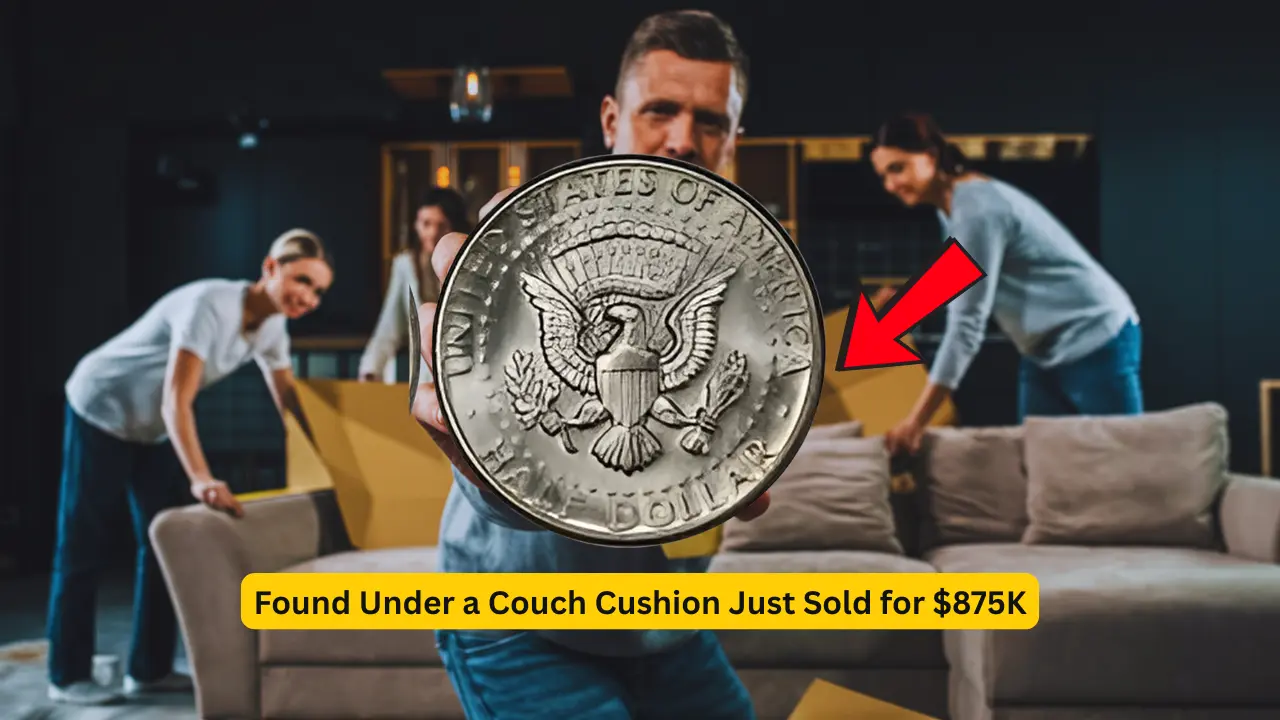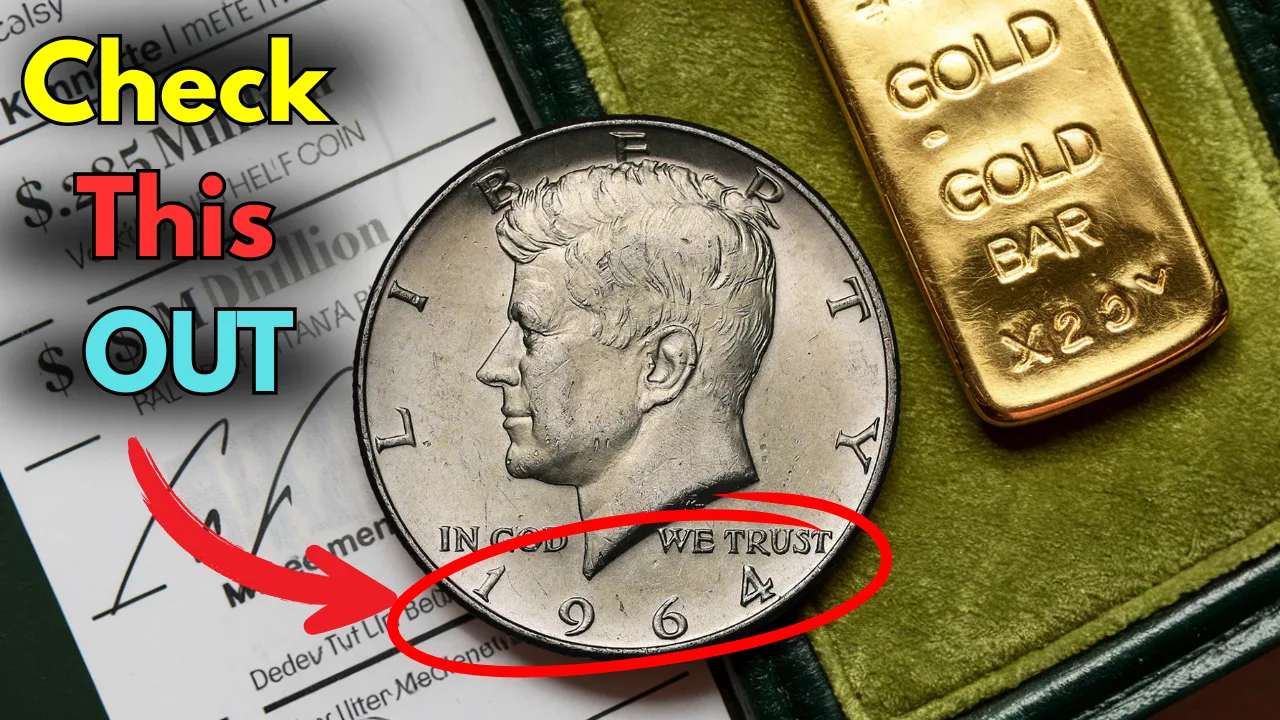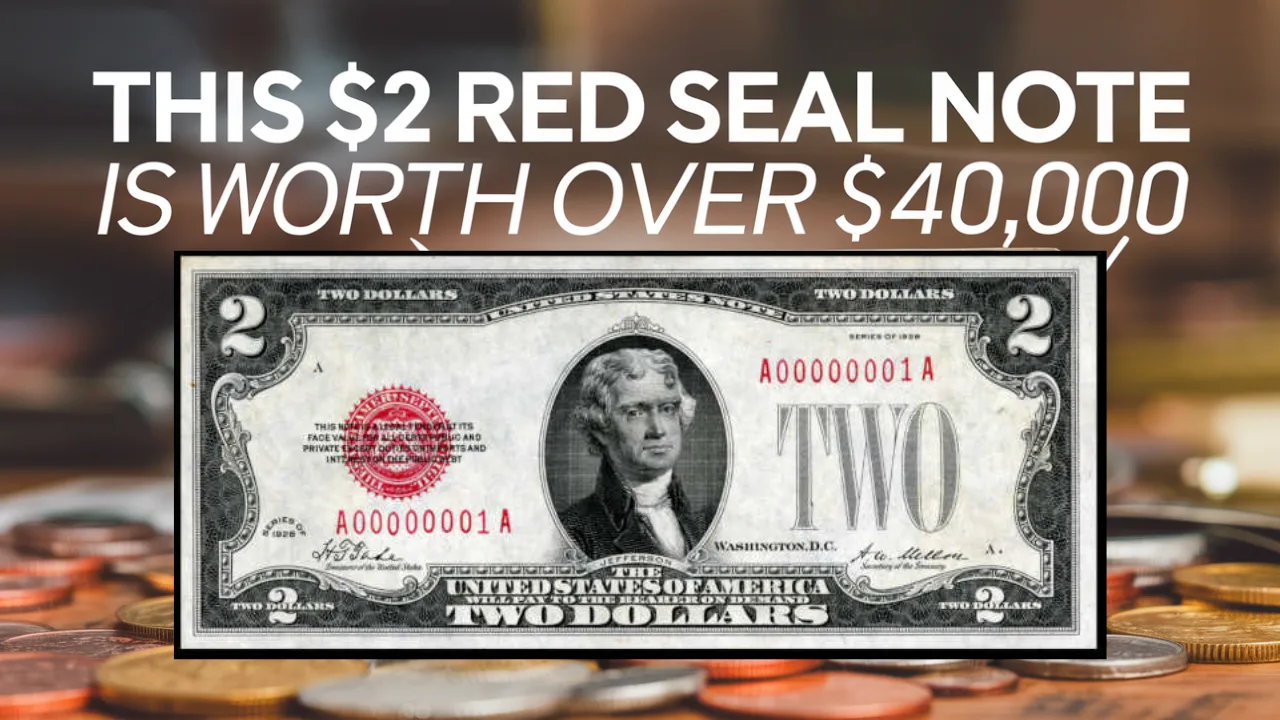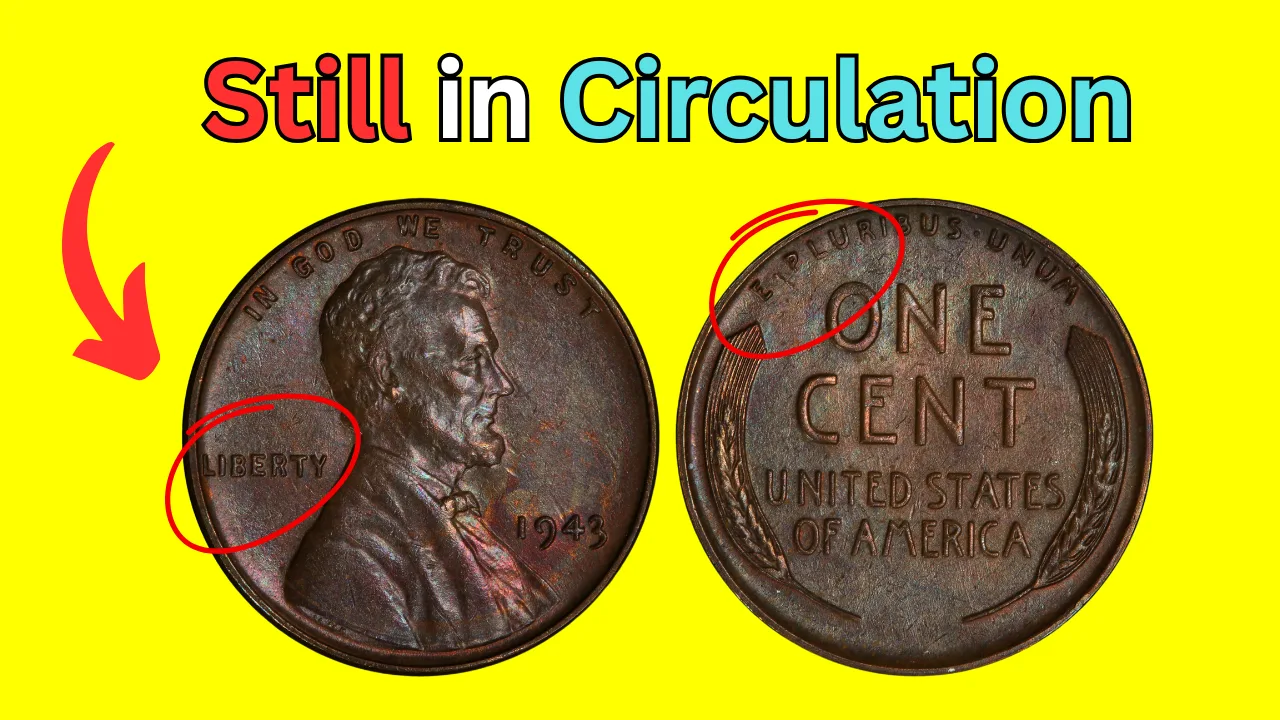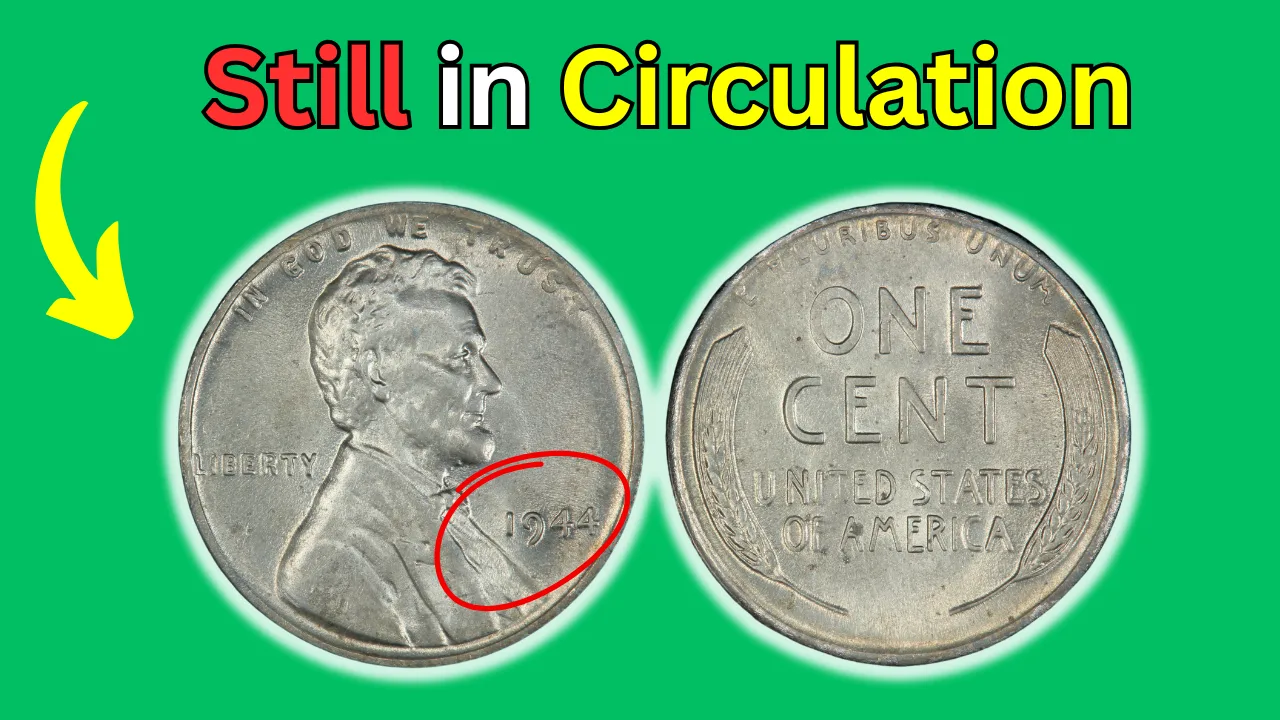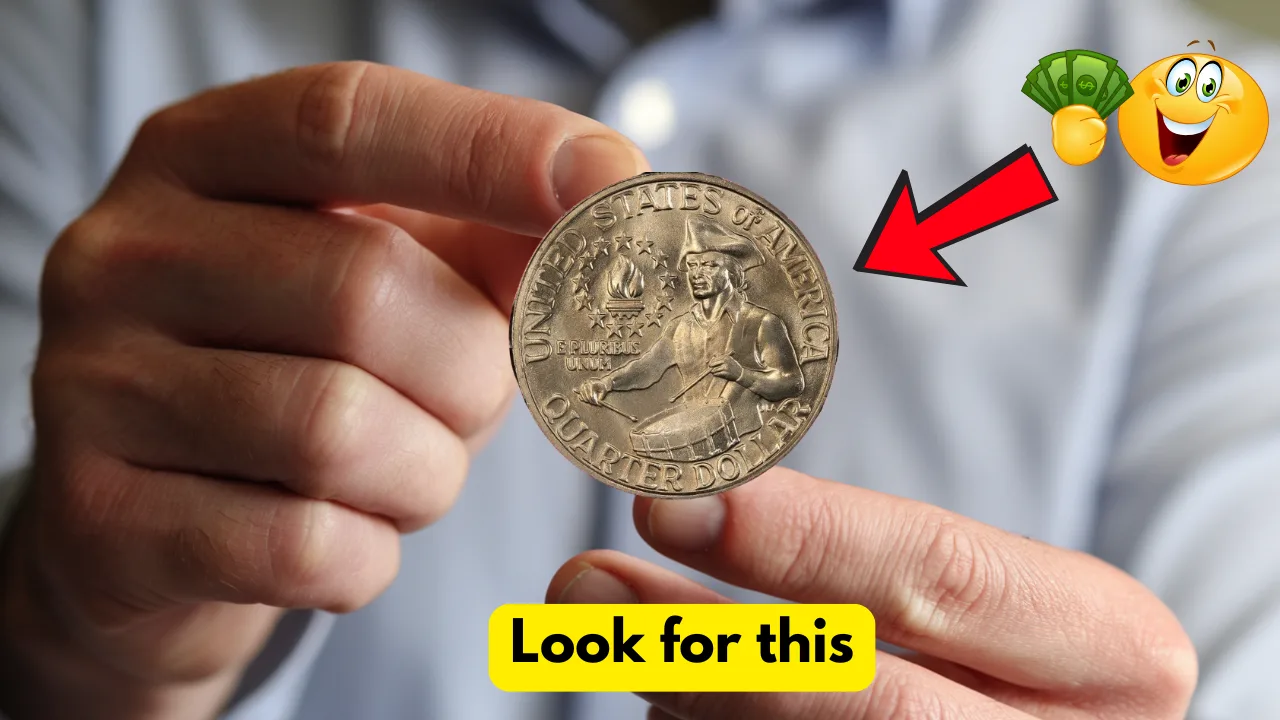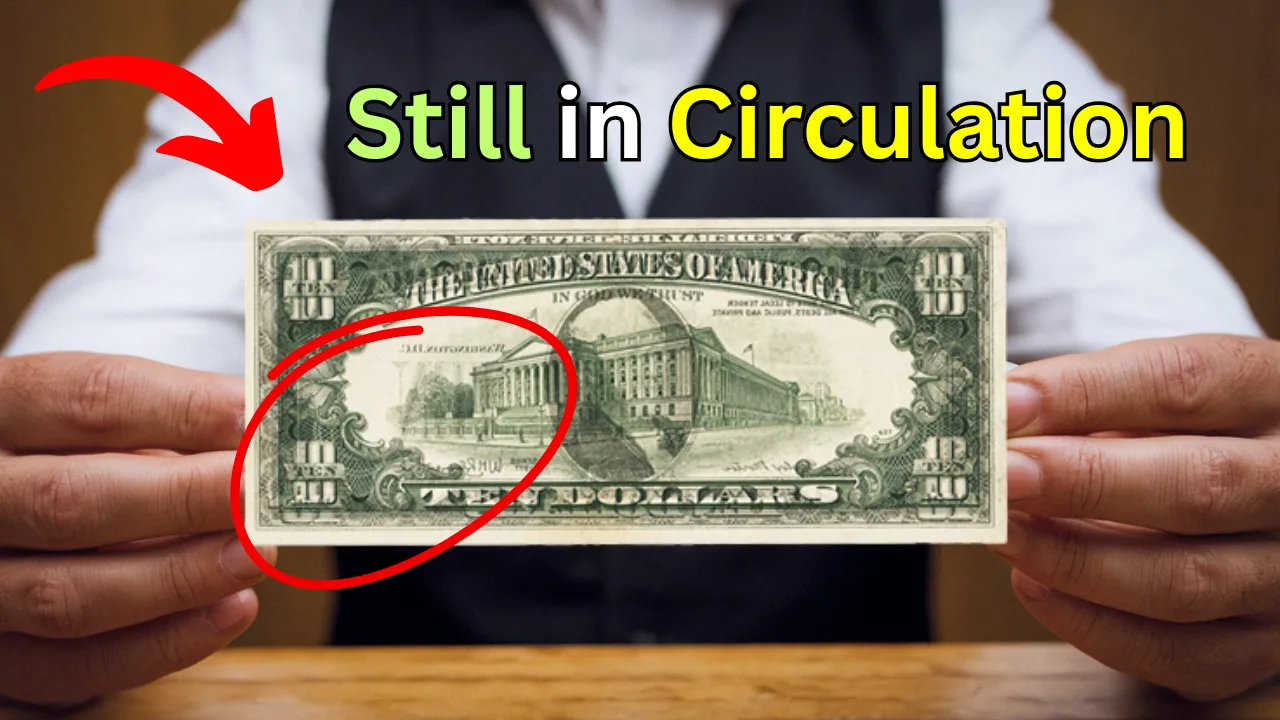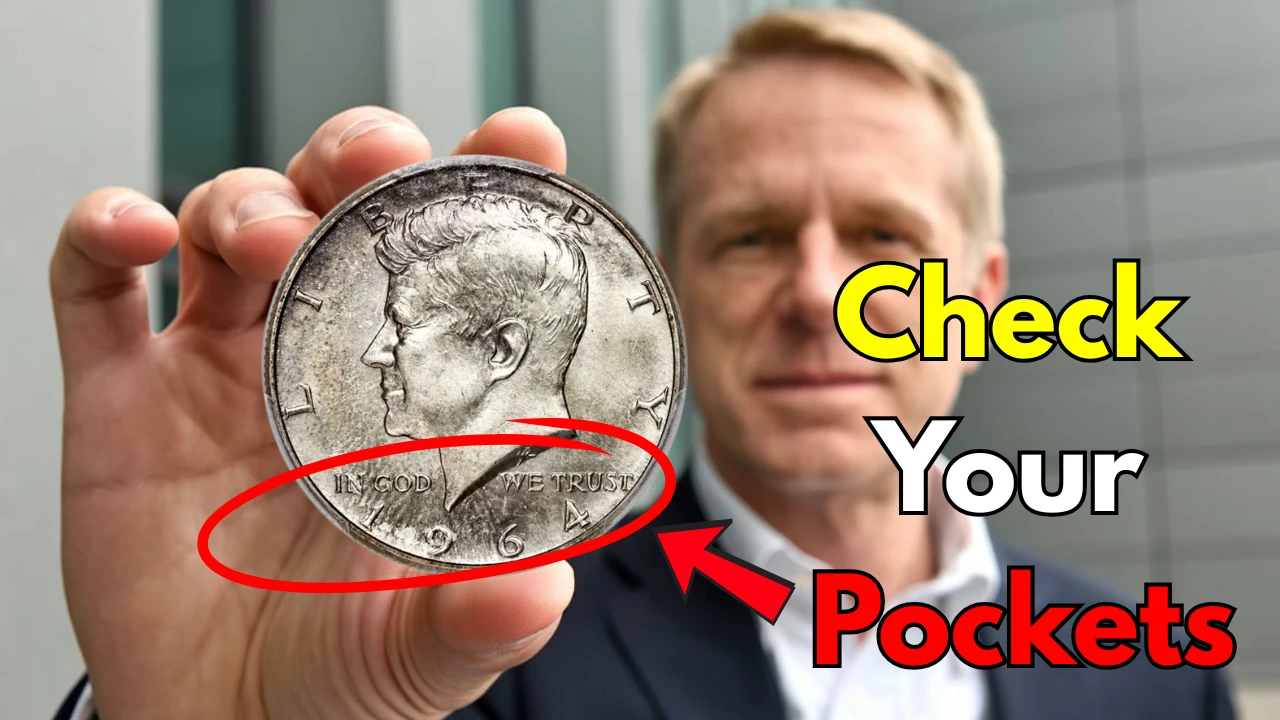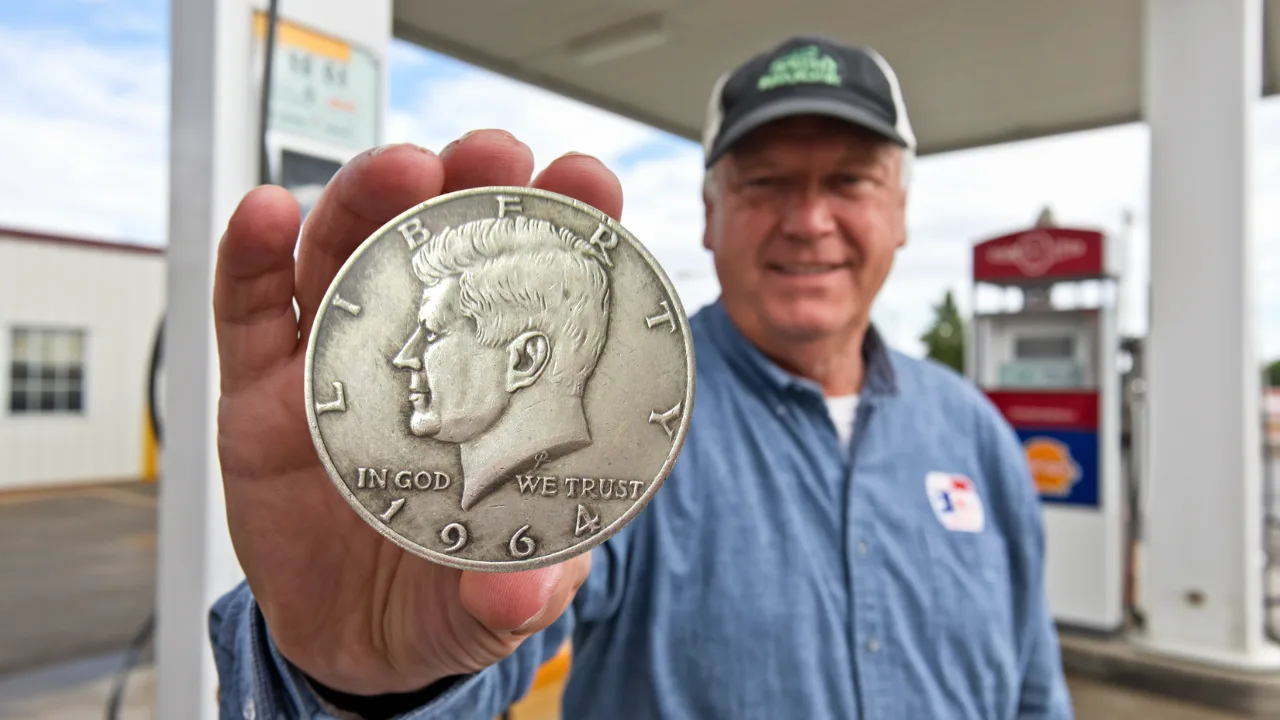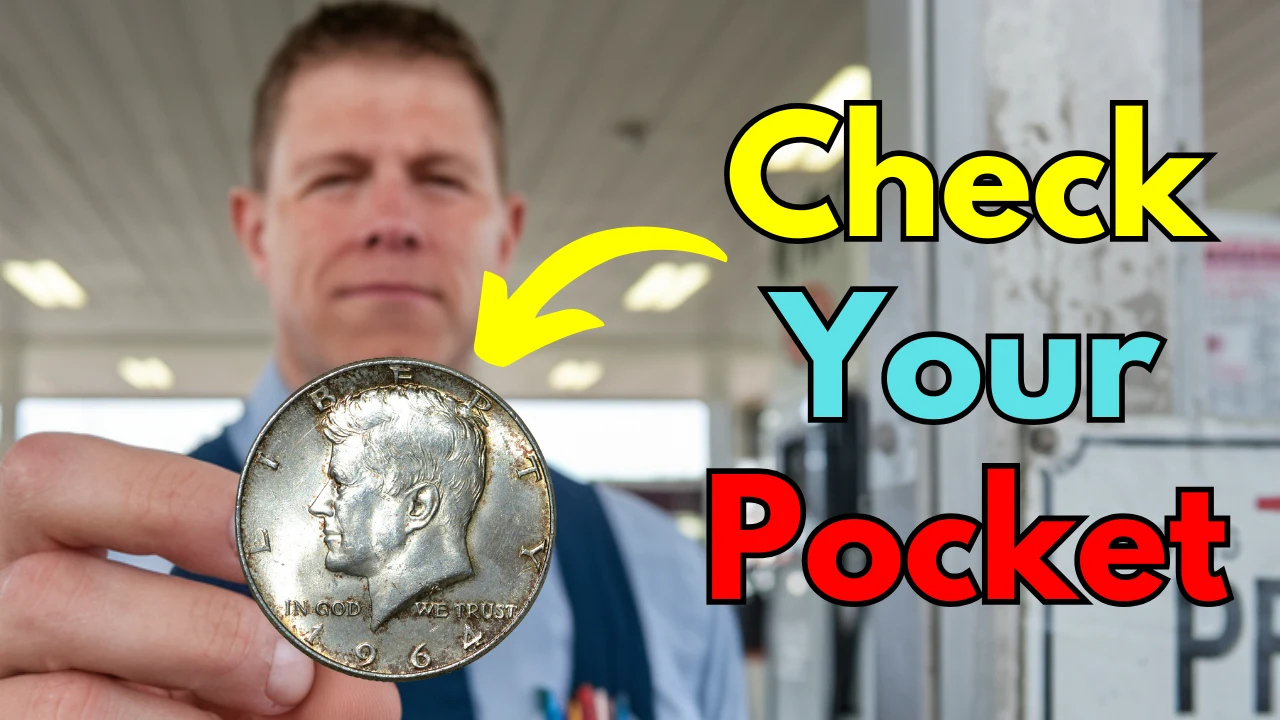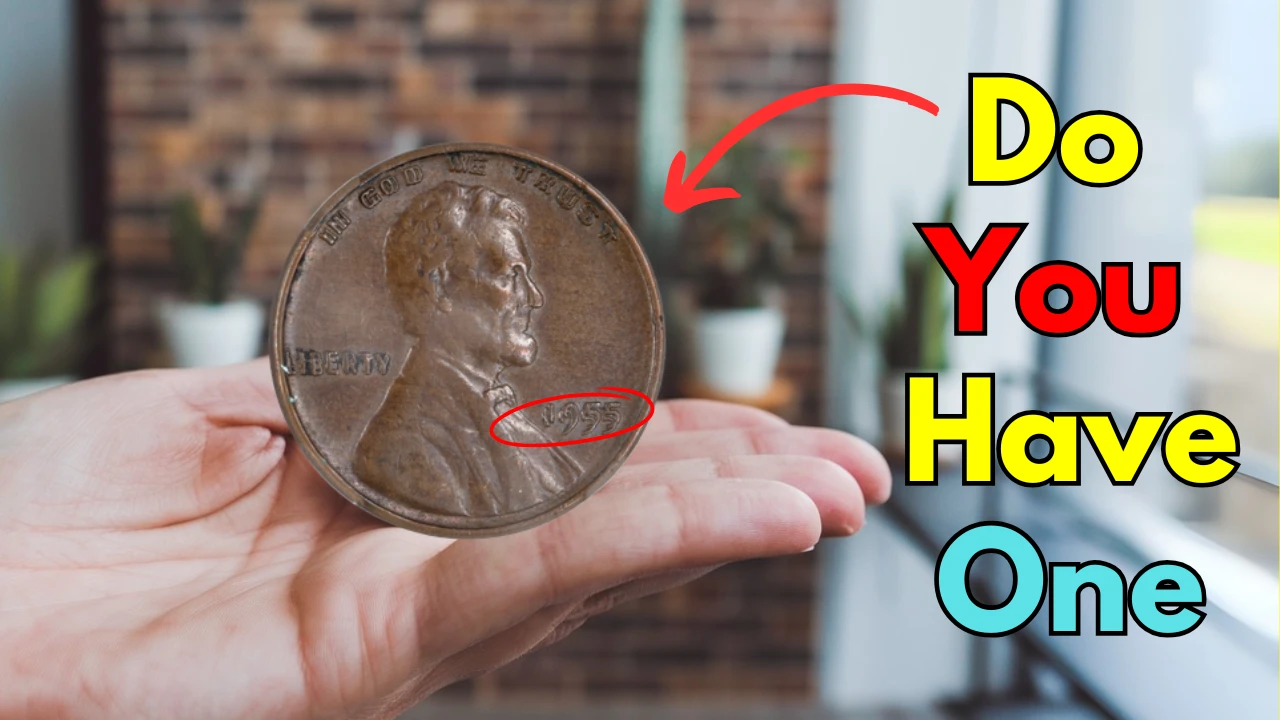In a story that’s catching the attention of collectors and history lovers alike, a seemingly ordinary family photo album turned out to be the hiding place of an extraordinary find — a rare $100 Gold Certificate, now valued at a staggering $2.1 million. What began as a casual moment of nostalgia quickly turned into a life-changing discovery.
A Forgotten Piece of History in the Attic
The event unfolded in a small town in Pennsylvania when a family was going through old belongings in their late grandfather’s attic. Among the photo albums and letters, they found a thick leather-bound album filled with faded photographs from the early 1900s. Nestled between two pages was a crisp paper note—yellowed with time but well-preserved. It was identified as a $100 Gold Certificate from 1882, a piece of currency that had long been retired from circulation.
At first, the family assumed it might be a replica or a souvenir. But a local historian suggested they get it authenticated. After careful examination by a currency appraisal expert, it was confirmed that the certificate was genuine and extremely rare. Even more surprising—it was in near-mint condition, dramatically boosting its value.
Why the $100 Gold Certificate is So Valuable
Gold Certificates were once issued by the U.S. Treasury as a form of paper currency that represented actual gold deposits held by the government. These certificates could be redeemed for their face value in gold coins. Issued primarily in the late 19th and early 20th centuries, they were officially discontinued in the 1930s during the Great Depression when the U.S. government moved to centralize gold reserves.
While many certificates were destroyed or forgotten, a few survived in private collections. What makes this particular certificate so valuable isn’t just its age, but also its rarity and condition. According to numismatic experts, fewer than 10 examples of this specific series are known to exist today, and most are held by museums or locked away in high-profile private collections.
Appraisers Confirm $2.1 Million Value
The certificate was evaluated by a team of experts and sent to auction specialists for further review. Its flawless condition, combined with its historic significance, led to an estimated valuation of $2.1 million. For the family, the discovery was both thrilling and emotional, considering it was likely passed down unknowingly through generations.
While they haven’t yet decided whether to keep it or put it up for auction, one thing is certain — this piece of paper has become a symbol of American financial history and a powerful reminder that treasures can still be found in the most unexpected places.
Surge in Interest Among Collectors
Following the news, collectors and currency enthusiasts across the country have shown renewed interest in historic paper currency, especially gold and silver certificates. Online marketplaces and auctions have seen a spike in searches and bidding for similar notes. Experts caution, however, that not all old currency is valuable — condition, rarity, and historical context all play a major role.
FAQs
Q1. What is a $100 Gold Certificate?
A $100 Gold Certificate was a form of U.S. paper currency issued in the late 1800s and early 1900s, backed by gold deposits. It could be redeemed for its face value in gold coins.
Q2. Why is this certificate worth $2.1 million?
Its rarity, near-mint condition, and the fact that few such notes are known to exist make it extremely valuable to collectors and historians.
Q3. Can I still use a Gold Certificate as legal tender?
No, gold certificates are no longer legal tender. However, they are highly valued by collectors, especially rare editions in good condition.
Q4. Where can I check if my old currency has value?
You can consult a certified currency dealer, visit a numismatic association website, or take your note to a currency appraisal expert for authentication and valuation.
Q5. How should I store rare paper currency?
Rare currency should be stored in acid-free, airtight holders and kept away from direct sunlight, humidity, and physical handling to preserve its condition


